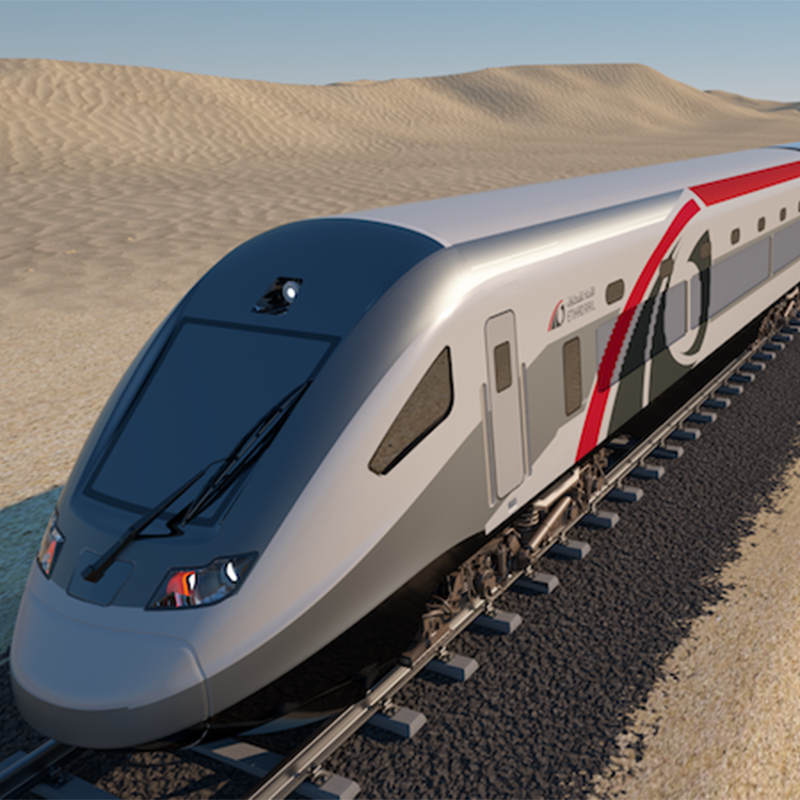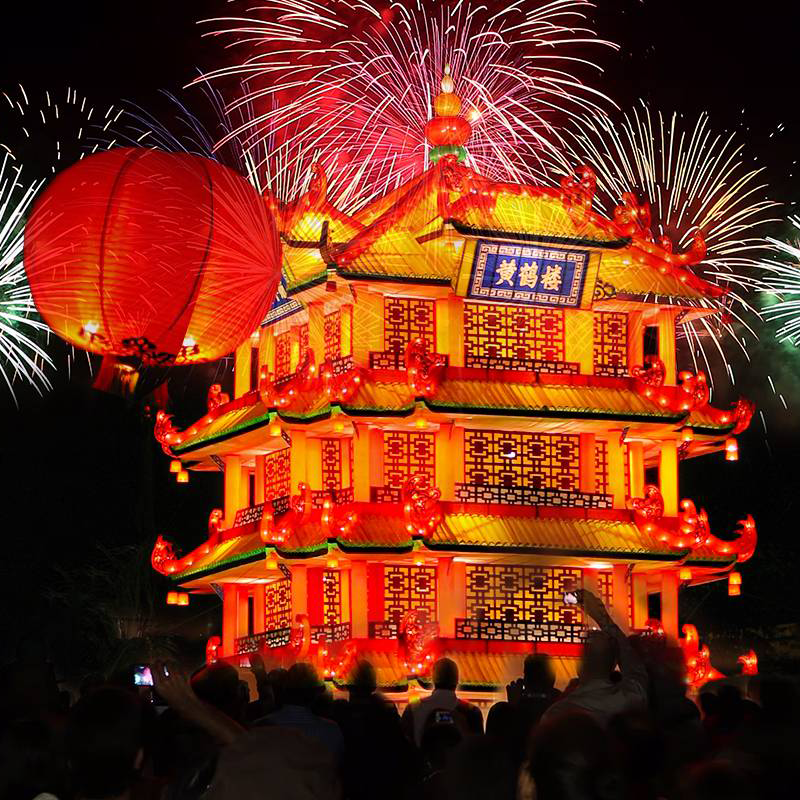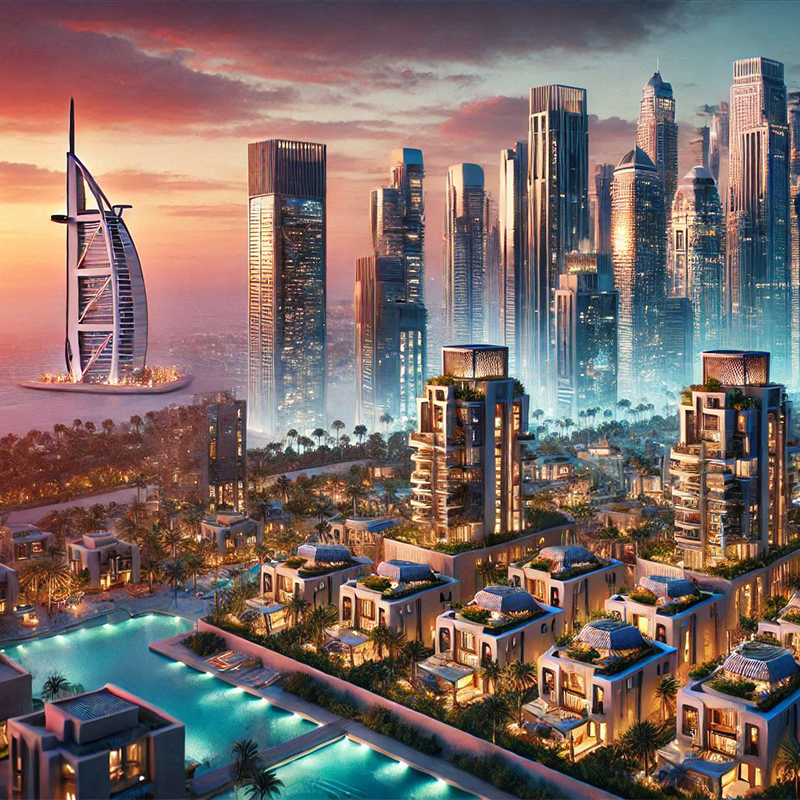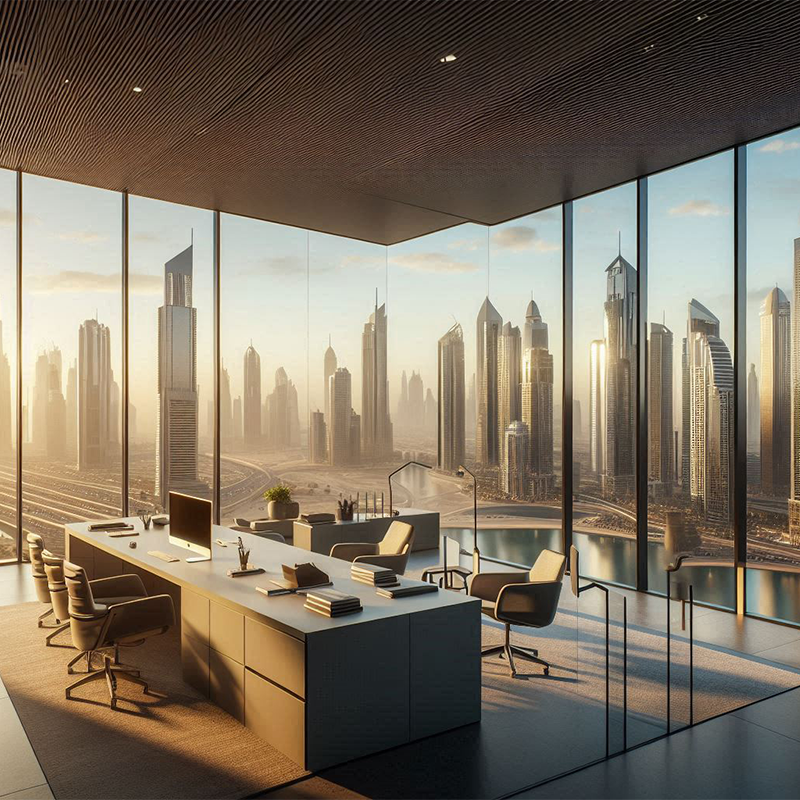The UAE is synonymous with growth, innovation, and world-class infrastructure. The development of Etihad Rail, the UAE’s national railway network, is yet another testament to the nation’s ambitious vision. This groundbreaking project is not only revolutionizing transportation but also driving a profound impact on the UAE property market. From boosting connectivity to redefining urban landscapes, Etihad Rail is paving the way for a transformative era in real estate and urban development.
What Is Etihad Rail?
Etihad Rail is a state-of-the-art railway network designed to connect the seven emirates of the UAE, as well as provide seamless links to neighboring Gulf Cooperation Council (GCC) countries. Spanning over 1,200 kilometers, the network is built to accommodate both passenger and freight services, fostering economic growth and enhancing regional connectivity.
The railway aims to reduce transportation costs, minimize road congestion, and promote sustainability. With its emphasis on efficiency and modernity, Etihad Rail has quickly become a cornerstone of the UAE’s long-term development strategy.
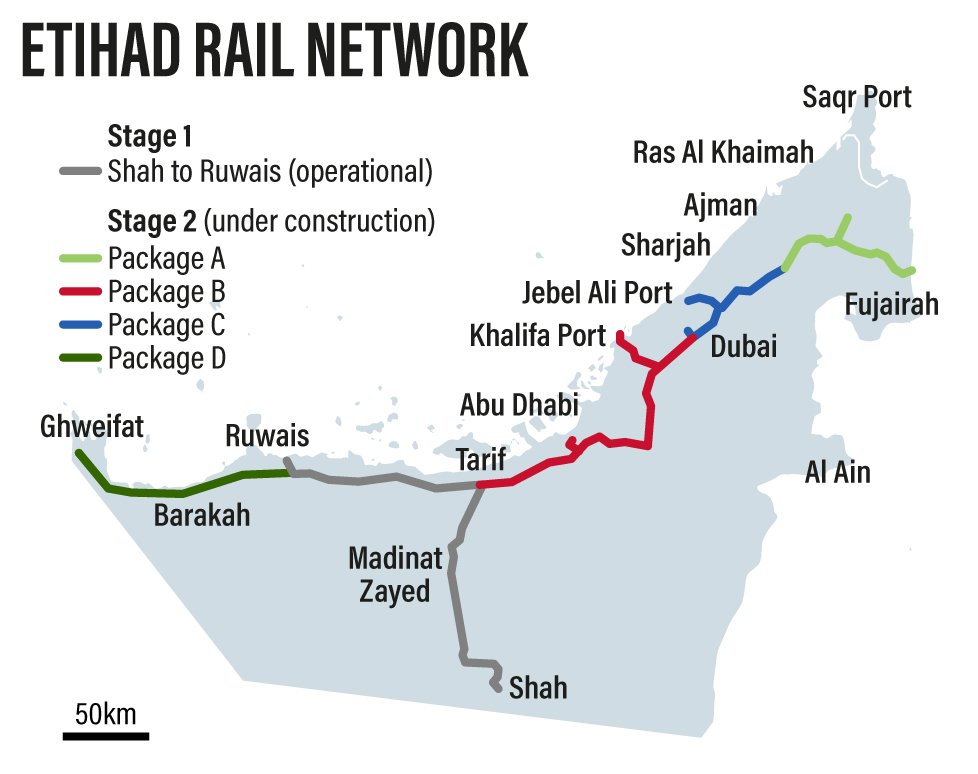
How Etihad Rail Impacts the UAE Property Market
1. Enhanced Connectivity and Accessibility
One of the primary benefits of Etihad Rail is the improved connectivity between emirates. By linking major cities such as Abu Dhabi, Dubai, and Sharjah, as well as more remote areas, the railway is making previously less accessible locations more attractive to investors and homeowners.
Impact on Real Estate:
- Emerging Hotspots: Areas near Etihad Rail stations are witnessing increased demand for residential and commercial properties. Proximity to the railway is now a key selling point for developers and real estate agents.
- Increased Property Value: Research shows that properties located near major transportation hubs tend to appreciate in value. The same trend is anticipated across the UAE as Etihad Rail becomes fully operational.
2. Spurring Development in New Regions
The railway opens up opportunities for urban expansion by connecting underdeveloped regions to major urban centers. Areas that were once overlooked are now becoming focal points for development projects.
Key Examples:
- Al Dhafra Region: Previously considered a remote area, Al Dhafra is set to benefit from improved access through Etihad Rail, attracting both residential and industrial projects.
- Northern Emirates: Fujairah and Ras Al Khaimah are also gaining attention as viable alternatives for affordable housing and investment due to the railway’s connectivity.
3. Sustainability and Smart Cities
Etihad Rail aligns with the UAE’s vision of sustainability and smart urban development. The railway promotes eco-friendly transportation, which reduces carbon emissions and supports green initiatives.
Real Estate Synergies:
- Sustainable Communities: Developers are incorporating eco-friendly designs and green spaces into new projects near Etihad Rail stations to align with the UAE’s sustainability goals.
- Smart Infrastructure: Properties in these areas are being equipped with smart technologies, ensuring seamless integration with the railway’s advanced systems.
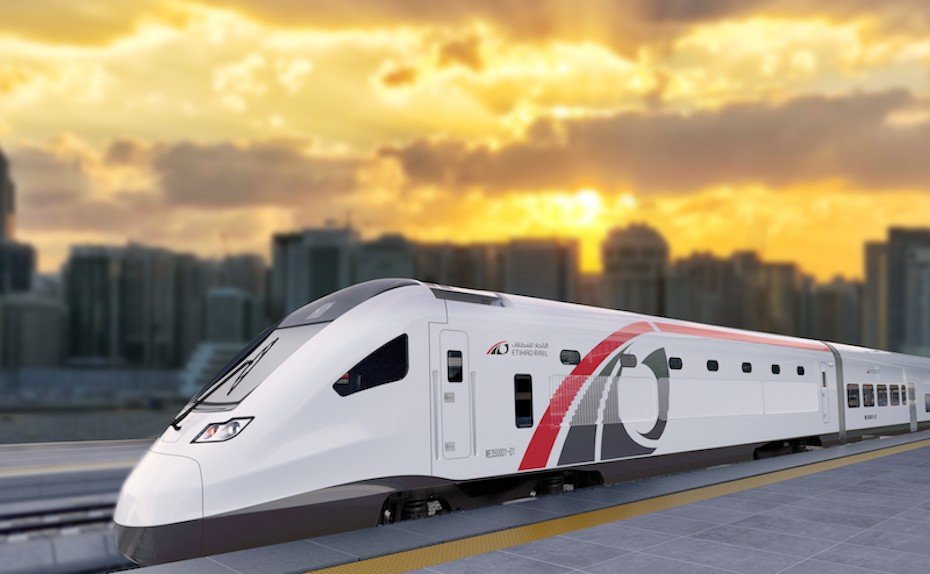
Transforming Urban Development
1. Integrated Urban Planning
Etihad Rail is driving a shift towards integrated urban planning, where residential, commercial, and recreational spaces are designed around transportation hubs. Transit-Oriented Development (TOD) is becoming a key focus for planners.
Advantages of TOD:
- Reduces reliance on private vehicles.
- Encourages mixed-use developments that combine housing, shopping, and office spaces.
- Creates vibrant, walkable communities.
2. Boost to Tourism and Hospitality
The passenger services offered by Etihad Rail are expected to make travel across the UAE more convenient, boosting tourism. This has a direct impact on the hospitality sector and short-term rental markets.
Hospitality Sector Impacts:
- Increased demand for hotels, resorts, and vacation rentals near railway stations.
- Growth in retail and entertainment hubs catering to both residents and tourists.
3. Strengthening Industrial Zones
In addition to passenger services, Etihad Rail plays a vital role in freight transportation, connecting key industrial zones and ports. This enhances the logistics sector, leading to increased demand for warehouses and industrial properties.
The Role of Etihad Rail in Realizing UAE’s Vision 2030
Etihad Rail is an integral part of the UAE’s Vision 2030, which aims to diversify the economy and reduce reliance on oil revenues. By boosting real estate, tourism, logistics, and trade, the railway supports the nation’s broader economic goals.
The ripple effect of this project on the UAE property market is undeniable. From luxury developments in city centers to affordable housing in emerging areas, Etihad Rail is reshaping the landscape of real estate.
Conclusion: Driving the Future of Real Estate and Urban Development
Etihad Rail is more than just a transportation project it is a catalyst for change across the UAE’s urban and real estate sectors. By enhancing connectivity, promoting sustainability, and driving economic growth, the railway is setting the stage for a new era of development.
For property investors, developers, and residents, the opportunities are boundless. As the network expands, now is the time to explore the potential of areas along the Etihad Rail route.
Discover how Etihad Rail is reshaping the UAE property market. Contact our team at Dubawa Furniture to explore tailored solutions for your real estate and design needs in this dynamic landscape.

